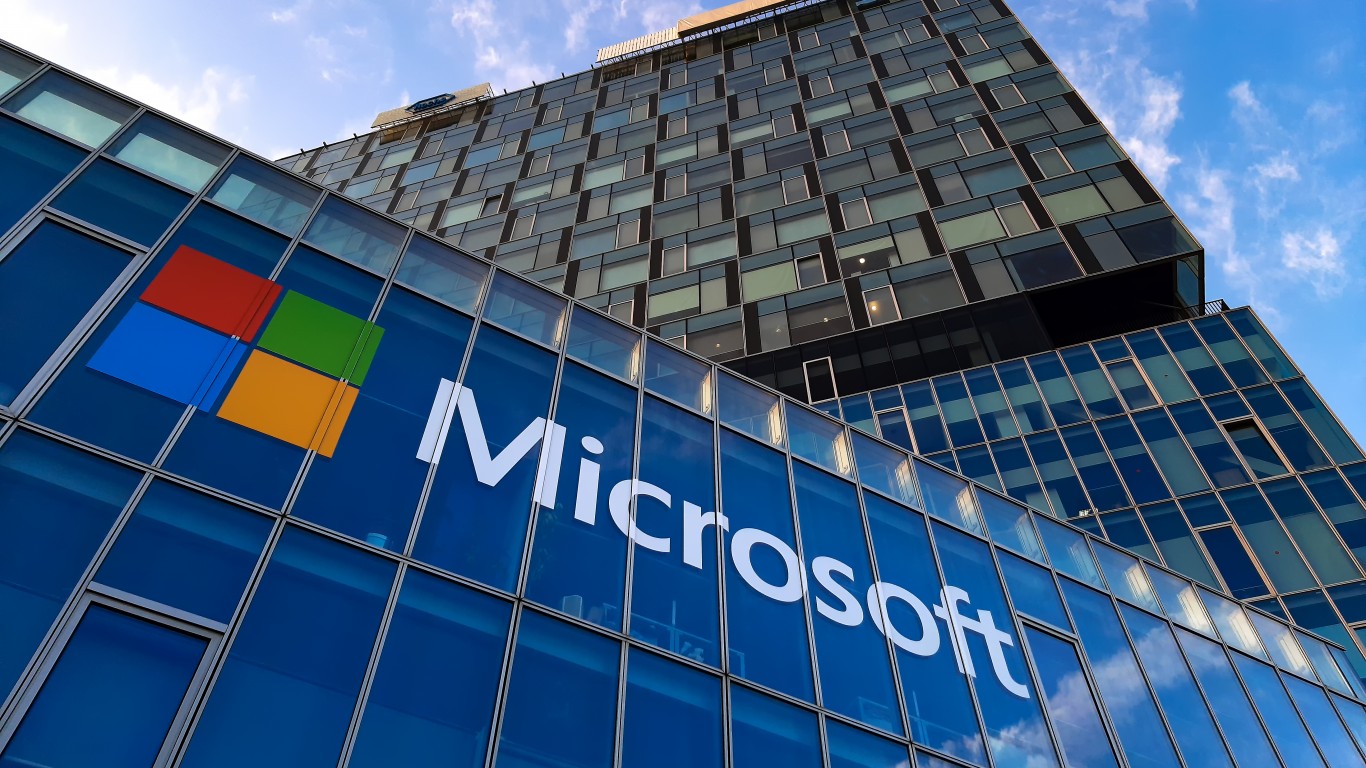

Reports earlier this week that the U.S. Department of Commerce may tighten existing restrictions on exports of advanced technology products sent shares of Nvidia Corp. (NASDAQ: NVDA) down by more than 4%. The tightening would include a less-powerful version of Nvidia’s high-performance chips that the company is developing specifically to dodge the restrictions. (These are America’s 25 thriving industries.)
That is good news for a San Mateo, California, startup called SiFive. The company’s chip design technology is based on the same reduced instruction set (RISC) technology used by Arm, the British company that supplies the designs for Apple’s internally designed M-series of chips. One big difference is that Arm’s designs and software are proprietary and expensive; SiFive’s hardware RISC products use an instruction set architecture (ISA) known as RISC-V that is open source and free. Score one for the challenger.
Another big difference is that SiFive’s technology is not covered by the Commerce Department’s export restrictions. That means that the technology can be sold to Chinese companies eager to develop their own advanced technology chips. Score two for SiFive.
At a company-sponsored technology forum in Beijing Wednesday, SiFive co-founder Krste Asanovic promoted the idea of open-source instruction set architecture (ISA) to “create a stable and reorganised ISA that everybody can use for everything.” Membership in the nonprofit RISC-V International group has grown from 435 in 2019 to a current total of 3,664.
SiFive produced its first RISC-V chip in 2015 and now supplies software intellectual property to partners, including Cadence, Ansys and Synopsys. The fabless company has partnered with GlobalFoundries, Intel, Samsung and TSMC to manufacture its silicon and counts Amazon Web Services and Microsoft Azure as users of its network edge devices.
At present, SiFive is not large enough to pose a significant threat to Nvidia or Arm. But that does not mean it could not happen. Some of us are old enough to remember when Red Hat figured out in 1997 how to monetize open-source Linux software and grow into a publicly traded company that IBM purchased for $34 billion in 2019. Arm, currently owned by Softbank and said to be preparing for an IPO that could value the company at $40 billion to $50 billion, was founded in 1990.
In other words, it may take some time for SiFive to be a real threat to its elders (Nvidia was founded in 1993), but aiming quickly to quench the Chinese hunger for advanced technology is a good place to start.
One missing piece of the puzzle is access to the advanced semiconductor manufacturing equipment made by companies like ASML that are also subject to U.S. restrictions on sales to China. The latest equipment available in China is capable of manufacturing 14-nanometer chips. The newest Nvidia and Apple chips use 4-nanometer designs and will be moving to smaller 3-nanometer designs by next year.
The worst case, of course, is that U.S. export rules could be rewritten to cut off SiFive’s access to China and other restricted markets.
Smart Investors Are Quietly Loading Up on These “Dividend Legends” (Sponsored)
If you want your portfolio to pay you cash like clockwork, it’s time to stop blindly following conventional wisdom like relying on Dividend Aristocrats. There’s a better option, and we want to show you. We’re offering a brand-new report on 2 stocks we believe offer the rare combination of a high dividend yield and significant stock appreciation upside. If you’re tired of feeling one step behind in this market, this free report is a must-read for you.
Click here to download your FREE copy of “2 Dividend Legends to Hold Forever” and start improving your portfolio today.
Thank you for reading! Have some feedback for us?
Contact the 24/7 Wall St. editorial team.
 24/7 Wall St.
24/7 Wall St.


